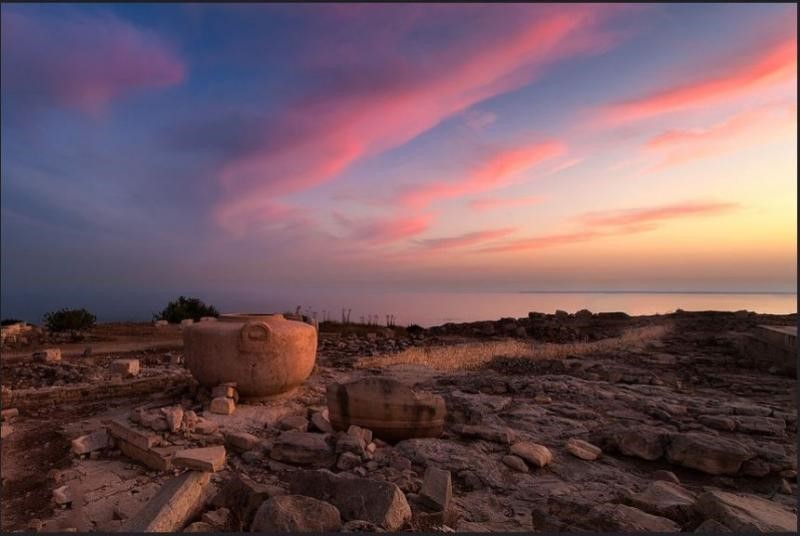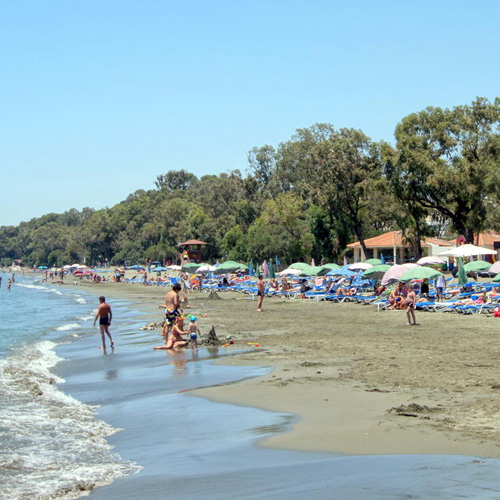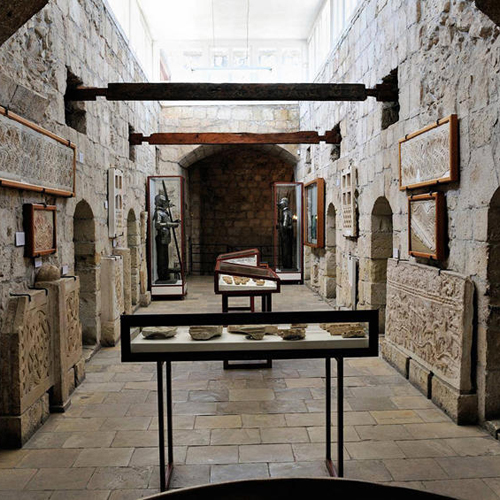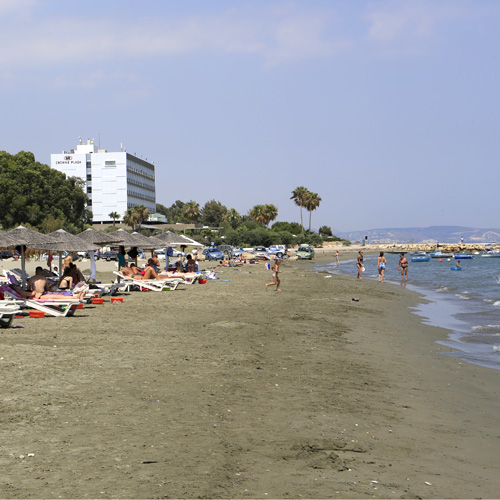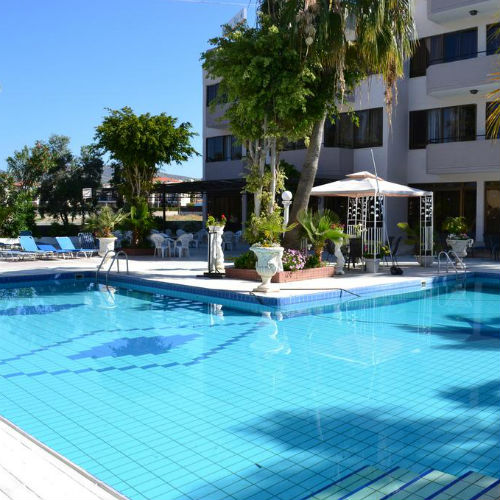Overview
Once a bustling city and one of the ancient kingdoms of Cyprus, Amathus is one of the most impressive archaeological sites to visit in the Limassol district.
Amathus was the second most important place of worship for Aphrodite on the island, after Paphos, which is famed as the goddess’ birthplace. There are various rich archaeological finds at the site, including the Agora, the public baths, the Temple of Aphrodite, early Christian basilicas and several tombs.
Located in the lower town, the Agora and the many buildings surrounding it was the traditional hub for commercial and political activities, and it played an important role in the daily life of the city. During the Roman period, the Agora was organised around a large stone-paved court. Three porticos occupy the other three sides. The west portico opened to the court through thirteen Doric columns and ended at a fountain (or a Nympheum) at its northern edge. Buildings were erected behind the north portico, which is now damaged, and appear to have constituted the most important administrative or religious buildings of the site.
The area south of the Agora is occupied by a public bath (balaneion), which comprises a closed circular area and annexes. The bath, along with part of the west portico of the Agora, dates to the Hellenistic period and constitutes the earliest indications of human activity in the area.
This site also includes the Temple of Aphrodite, which sat atop the hill at the Acropolis of Amathus. Evidence of the presence of the sanctuary includes votive offerings dating to the mid-eighth century BCE. Through the centuries, the Temple of Aphrodite was a sacred, enclosed space for ceremonies with votive offerings placed around an altar. There may have been other buildings in the area, but the cult itself was not housed in the main building.
Two gigantic stone craters (huge monolith vessels) believed to be of the late archaic period once stood in the area. One was taken to the Louvre in Paris in the middle of the nineteenth century and has now been replaced by a modern replica.
It is also believed that there were two other temples at the Acropolis of Amathous: one dedicated to Adonis and the other to Hercules.
Several tombs dating from the Archaic, Roman and Christian periods were also discovered at the Acropolis, in the lower section of the town and in five early Christian basilicas.
The Amathus Site is open from September 16 to April 15 from 08.30 – 17:00 (daily) and from April 16 to September 15 from, 08:30 – 19:30 (daily). The site is closed on Christmas Day, New Year’s Day and Easter Sunday (Greek Orthodox). The entrance fee is €2.50 per person. There is an access for disabled with partially wheelchair accessible and disabled toilets.
Note: Opening and closing times as well as entrance fees, are subject to alterations without notice. Visitors are advised to check before visiting.

